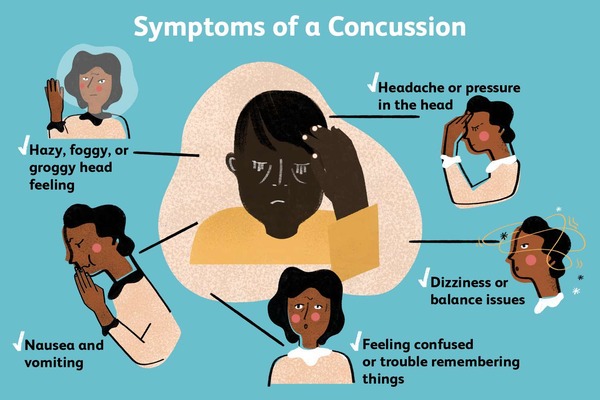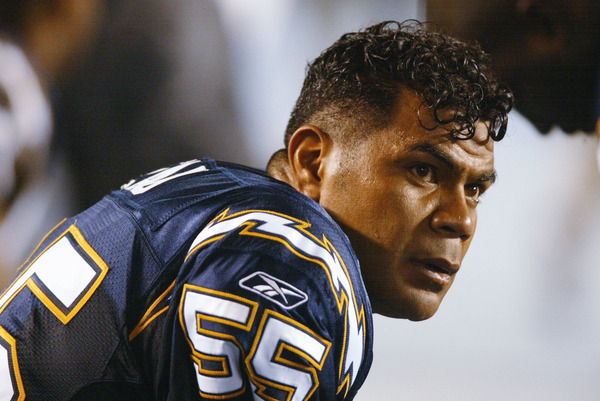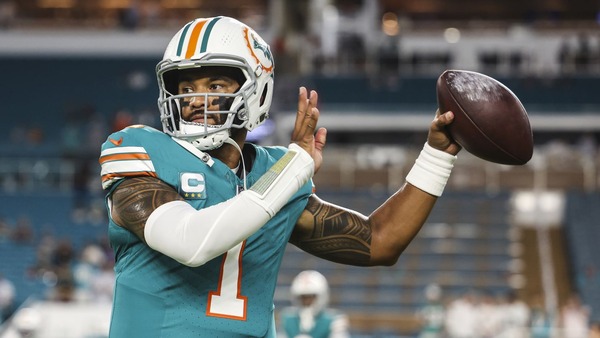NFL concussions have become a hot topic in recent years, with player’s long-term health at stake. The issue gained renewed attention when Miami Dolphins quarterback Tua Tagovailoa suffered his third concussion in his brief NFL career last week. This incident has sparked discussion about player safety and long-term effects of repeated head injuries. As the league grapples with this ongoing problem, it’s crucial to understand the nature of concussions and their potential consequences. See NFL Ticket Exchange: Your source for all NFL Tickets.
What are Concussion and Their Symptoms?
Concussions occur when a blow to the head or body causes the brain to move inside the skull. This movement can lead to chemical imbalances and disrupt brain cell function. Brain injury symptoms may include headaches, nausea, vision problems, and sensitivity to light and noise. Players may also experience balance issues, cognitive issues, and mood changes. These symptoms can vary in severity and duration, making each concussion a unique challenge for medical professionals and players alike.

The NFL’s Concussion Protocol
After Tua Tagovailoa’s recent injury, he entered the NFL’s concussion protocol. This process involves a series of steps designed to ensure player safety before returning to the field. Medical staff conduct neurological exams, test memory and concentration, and assess balance and coordination. They also use standardized concussion evaluation tools and may order imaging tests like CT scans or MRIs if necessary. The NFL concussion protocol aims to provide a comprehensive evaluation of a player’s condition and readiness to return to play. LivWell Nutrition: Nourish Your Body & Well Being.
Concussions are not typically categorized into different types or grades anymore. In the past, they were sometimes graded as mild, moderate or severe based on symptoms, but this system is no longer widely used. Instead, each concussion is viewed as unique, with brain injury symptoms and recovery time varying from person to person. Tagovailoa has since been placed on the Injured Reserve list. With this designation, he will miss a minimum of four games.
Long-Term Risks of Multiple Concussions
Repeated NFL concussions can increase a player’s risk of future brain injuries. While most people recover from a single concussion, multiple head injuries raise concerns about long-term effects. Players who have suffered multiple concussions may experience increased susceptibility to future concussions and longer recovery times. There’s also growing concern about potential cognitive decline and the risk of developing neurodegenerative disease later in life. These risks have led to increased scrutiny of player safety measures and sparked debates about the long-term viability of football careers.
CTE: A Serious Concern for NFL Players
Chronic Traumatic Encephalopathy (CTE) is a progressive brain disease linked to repeated head trauma. Unlike concussions, CTE develops gradually and can only be diagnosed after death. The NFL has seen high-profile cases of CTE, such as Junior Seau, highlighting the risks associated with long careers in football. Seau, who committed suicide in 2012, was diagnosed with CTE upon autopsy. It is believed the disease resulted from repeated head-to-head collisions over the course of a 20-year career in the NFL.

CTE brain injury symptoms and risks include cognitive decline, mood swings, and behavioral issues. In later stages, affected individuals may experience motor problems and dementia-like symptoms. To address these concerns, the NFL has implemented rules against using helmets as weapons during tackles. However, the long-term impact of NFL concussions remains a significant worry for players, medical professionals and fans alike. Learn more about Ritual MultiVegan Supplements.

The issue of NFL concussions continues to evolve as more research is conducted and awareness grows. Players like Tua Tagovailoa face difficult decisions about their careers and long-term health. The NFL’s concussion protocol represents a step towards better player protection, but questions remain about its effectiveness and the overall safety of the sport. The concept of who has the right to decide what is best for the player still resides with the player. Everyone will be watching Tua Tagovailoa as he goes forward with his life. It is his and only his decision how to proceed.
Barry Schustermann
Follow me on X @BarrySchust
Follow me on Facebook @Barry Schustermann




1 thought on “NFL Concussions: The Growing Concern for Player Safety”
Comments are closed.